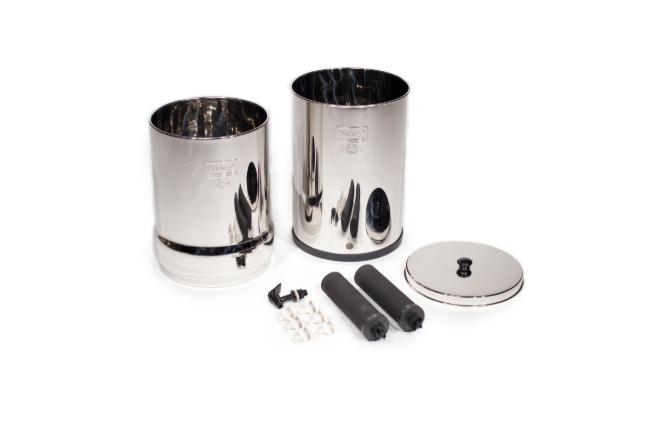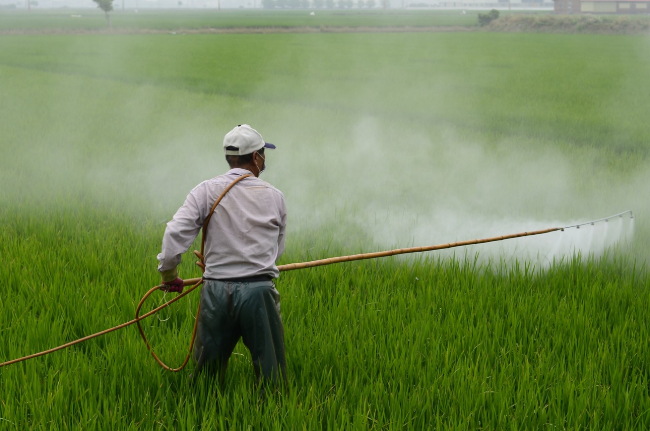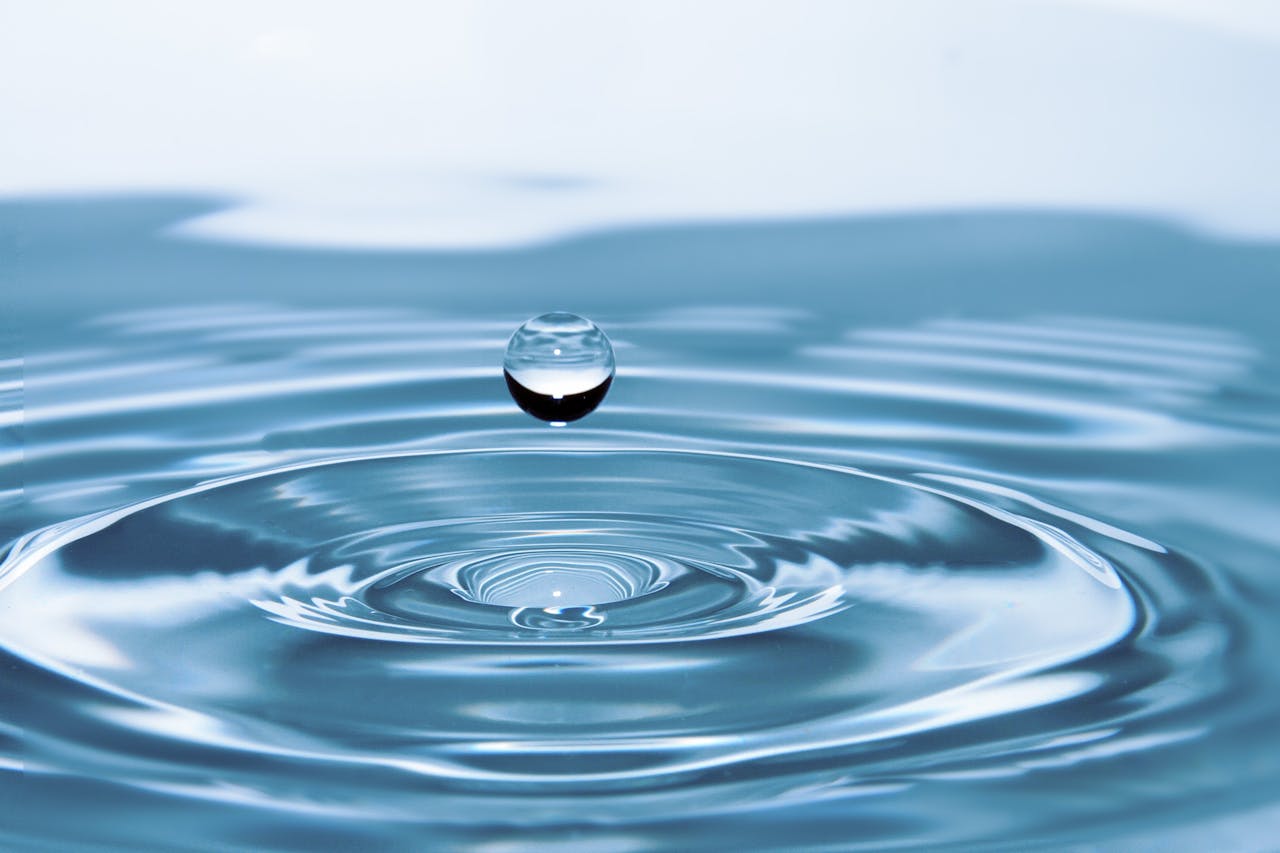While many people are aware of the devastating impact that pesticides are having on bees and other insect pollinators, there is far less awareness regarding the use of highly toxic insecticides (a form of pesticide) consisting largely of neonics, that are particularly persistent in the environment and poses perhaps the greatest threat to our freshwater systems and all forms of life that depend on these water bodies for their survival.
A report titled: Water Hazard: Aquatic Contamination by Neonicotinoid Insecticides in the United States, that was recently published by the Center for Food Safety (CFS), reveals that freshwater systems throughout the US are contaminated with neonicotinoid insecticides, posing a hazard to freshwater invertebrates such as insects and crabs, as well as migratory birds and other wildlife that depend on them for a food source. The report particularly focus on the incorporation of neonicotinoid insecticides in seed coatings, of which as much as 95% can end up in the environment rather than on the crop it was intended to protect.
Neonicotinoids are a type of insecticide that are known to have both an acute and chronic effect on honey bees and other insect pollinators, and are thought to play a primary role in the deterioration of bee health and the rapid decline in bee populations. Every year, neonicotinoid insecticides are applied to crops covering over 150 million acres of land, with seed coatings being the most widely used type of application. Once the nemonic insecticide has been applied, any remaining residues are washed off with runoff or leach through soils to contaminate soil and water sources offsite. Since these contaminants are highly mobile and are readily transported offsite, they are carried to areas such as wetlands and other sensitive aquatic systems where they were not intended to be used, with dire environmental consequences.
Because neonic insecticides break down very slowly, they rapidly accumulate in the environment, especially in freshwater systems, endangering a variety of wildlife species — ranging from butterflies and bees to ladybugs, aquatic invertebrates and birds. The CFS report analyses case studies representative of California, Iowa and Maryland — all of which are experiencing far ranging neonicotinoid insecticide contamination that exceeds the recommended standard set the leading aquatic toxicology experts. It also draws attention to contamination other areas, such as New York, Wisconsin, Texas and South Dakota. The report discusses the key role that irrigation and field drainage play in transporting these contaminants to freshwater systems, and highlights the growing risk this poses to underground water sources and sensitive wetlands systems, and the valuable wildlife species that inhabit these ecosystems, including fish and migratory birds.
This poses a very serious long-term risk to environment health, wildlife biodiversity, and to human health and well being. If not addressed urgently, we will very soon witness an ecological crisis akin to Silent Spring. Considering the extreme negative impacts that neonicotinoid pesticides have on insect pollinators, aquatic fauna and the greater environment, it is imperative that the use of these extremely hazardous toxins is suspended if we wish to prevent any further ecological damage.
What you can do:
1) Sign a petition demanding the EPA take immediate action to prevent further contamination of our freshwater systems to ensure environmental integrity and that our drinking water sources are pesticide free.
2) Take measures to remove any pesticides that may be contaminating your drinking water and posing a health risk to you and your family by filtering your drinking water with a good quality home water filter like a Berkey that is capable of removing pesticides.
Reference Water Hazard: Aquatic Contamination by Neonicotinoid Insecticides in the United States. Center for Food Safety (CFS), September 2015.








